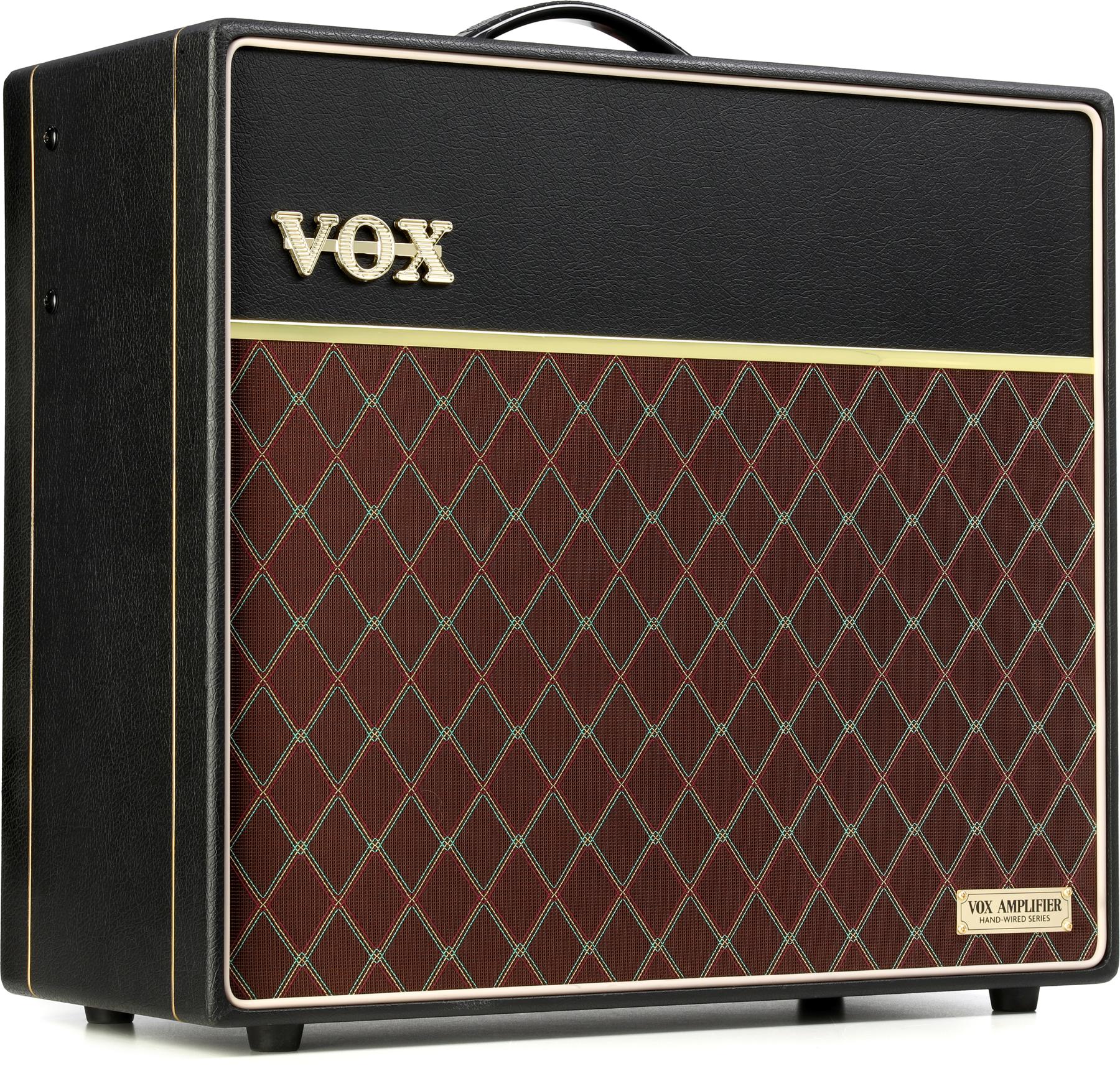Recorded direct with a Taylor Builder's Edition Grand Concert 912ce through a Focusrite 2i4 interface.
RatingsPros:Immaculate sound. Handy, easy-to-use app. Powerful EQ features. Cons: EQ controls can feel vague. Limited reverb control. Only three inputs. Street: $1,119 Bose L1 Pro 8 bose.com | Tones: Ease of Use: Build/Design: Value: |
Nothing can make or break a gig quicker than a temperamental sound system. So it’s nice to be able to eliminate worry about a borrowed or house P.A. by using your own. Obviously, toting your own P.A. can be a cost prohibitive and space intensive for a lot of folks. But the original Bose L1 system was a big step forward for solo acts and small groups confronted with those problems. It was a true grab-and-go line-array PA that was affordable and easy to set up. Better still, it sounded great. The line-array system dispersed sound through a room with remarkable efficiency and it was way more powerful and detailed than its compact dimensions would suggest.
The new-generation L1 Pro8 reviewed here is even slimmer and lighter, thanks in part to a 7" x 13" oval RaceTrack subwoofer. The Pro8 is also enhanced by the new downloadable, Bluetooth-enabled L1 Mix app, which can help you mix wirelessly, save your own presets, and access Bose’s ToneMatch library of EQ presets, which are effective and sound fantastic.
Maximum Dispersal, Minimal Hassle
Modern PA systems usually fall into two categories: line array and point-and-shoot (or point source). The main difference between these systems is how the sound is dispersed. Point-and-shoot models project sound in a very direct manner, and can sound drastically different depending on where the listener is in relationship to the speaker. Line-array models, like the L1, use many small but powerful speakers arranged to spread sound more evenly through a space. The L1 Pro8 accomplishes this feat via eight articulated 2" neodymium drivers arranged in a tall enclosure that is affixed to the mixer/bass driver enclosure.
Setting up the Pro8 couldn’t be much easier. It comes in three pieces: the mixer/bass driver enclosure and two speaker sections that make up the tower. Before firing up the Pro8, I downloaded the L1 Mix app, which is available in both iOS and Android versions. With the app, you can remotely control EQ, reverb, and volume as well as access preset “scenes,” and use the system’s ToneMatch library of presets. The app is easy to use and could be indispensible to groups who want or need to mix on the fly in the absence of a front-of-house engineer.
The Pro8 is the smallest of the trio of new L1 models. (Bose also offers Pro16 and Pro32 models, which have 16 and 32 speakers, respectively, and can be supplemented with an optional subwoofer.) The output, however, is impressively loud. My first test was to crank up a playlist from my phone via Bluetooth, and in this simple, straightforward application the Pro8’s fidelity was excellent. The app controls were responsive and I didn’t notice any lag or latency when it came to volume or muting.
One standout feature on the new Pro8 is the ToneMatch function. It’s essentially a library of EQ presets designed to best match and enhance the characteristics of common acoustic guitars, basses, electric guitars, mics, and keyboards. You simply choose the closest approximation to the make and model of your instrument and the Pro8 adds a customized EQ profile.
I tested the system with a Taylor 912ce, so I went into the app, opened up the Taylor section and found 11 different options based on the model and whether I wanted to fingerpick or strum. Although the lack of a graphical EQ readout makes it hard to tell exactly what settings make up an EQ recipe, the ToneMatch preset really made the Taylor sound more alive, full, and crisp compared to the settings I found intuitively. The differences between the strum and fingerpick settings aren’t huge, but the high end seemed more pronounced in the latter mode. It can even be fun to assign a ToneMatch preset for, say, a Gibson Hummingbird or Guild D-25 to an entirely different guitar. Even without the ToneMatch presets, the EQ is flexible and powerful. And once you have a tone dialed in, it’s a snap to save it as a “scene” that you can recall later. You can also “share” scenes by connecting your app to a different L1.
The Verdict
When it comes to portable, all-in-one sound systems, the Pro8 sets a high bar. Assembly is easy enough that I was up and running with top-notch sound in five minutes. The mix app is also super-effective and easy to use and download. If you’re working with a bigger band, you might want more than the three inputs that are available here. But if you’re a solo performer, instrumental duet, or a band that primarily needs sound re-enforcement for vocals or an acoustic instrument or two, it would hard to find a more well-designed, simpler, or more convenient solution than the Pro8.






















